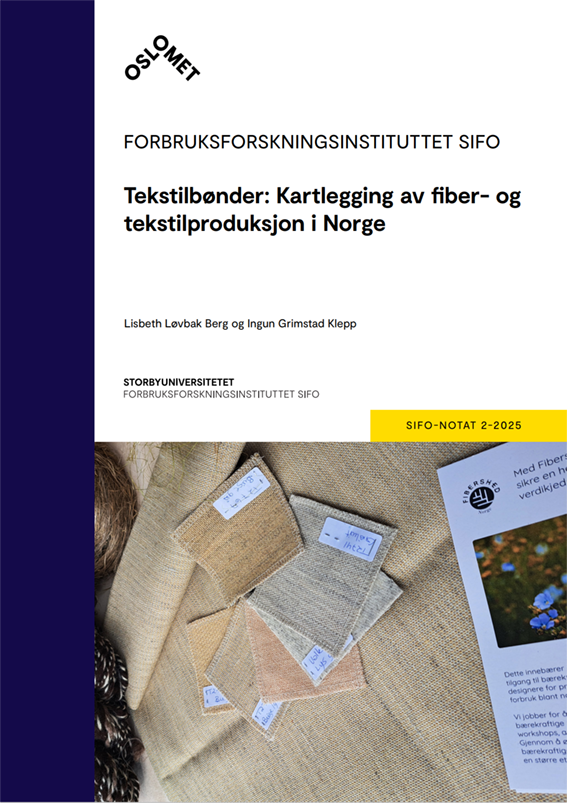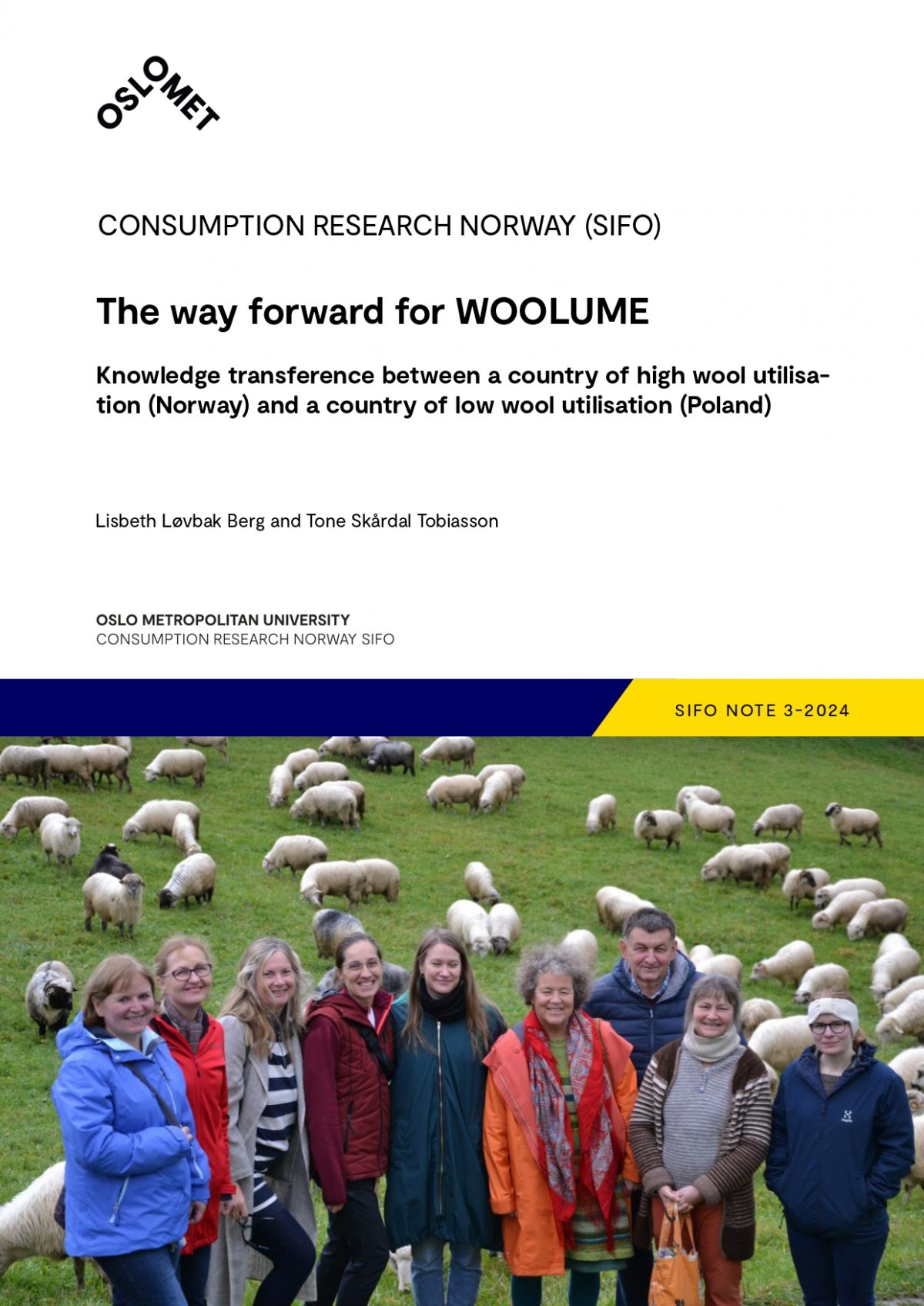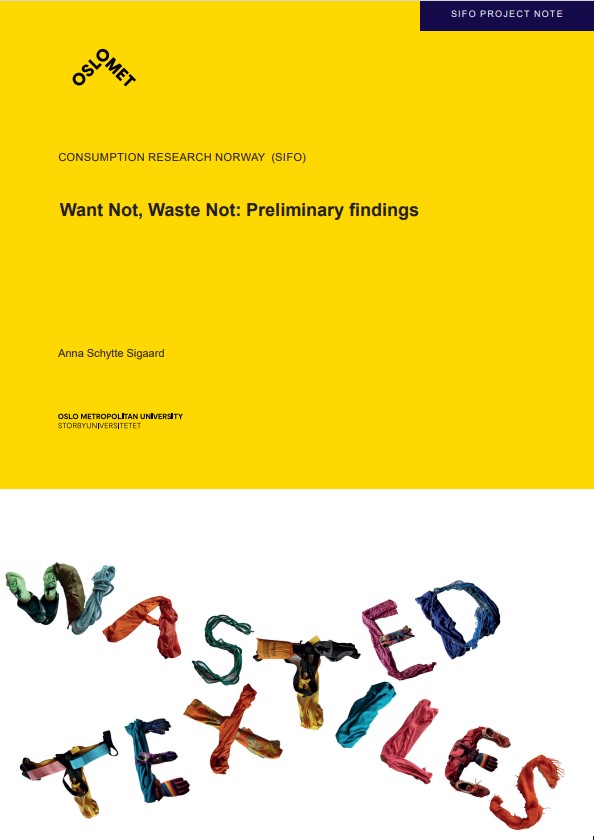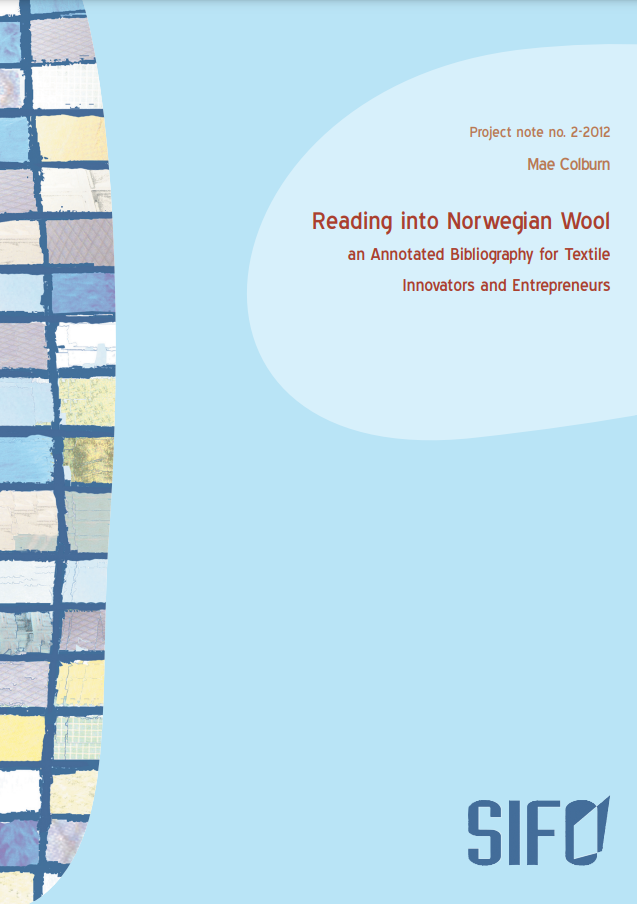Tekstilbønder: Kartlegging av fiber- og tekstilproduksjon i Norge
Sammendrag
I dette notatet legger vi frem resultatene fra en kartleggingsundersøkelse gjennomført i prosjektet Tekstilbønder og motelandbruk: Ny giv for lokal utnyttelse av alle landbrukets ressurser, ledet av Fibershed Norge. Ut ifra svar fra 124 små og 8 større aktører ser vi at grasrota i den norske tekstile verdikjeden er mangfoldig, med hovedvekt på strikkere/vevere og/eller produsenter av dyrefiber fra både sau og andre fiberdyr. Respondenter fra alle deler av den tekstile verdikjeden er representert, også noe dyrking av fiberplanter. Salg og rammevilkår er de største flaskehalsene. Svarene bærer preg av mangesysleri og stor samarbeidsvilje i en verdikjede preget av dårlig lønnsomhet og lite politisk støtte.



